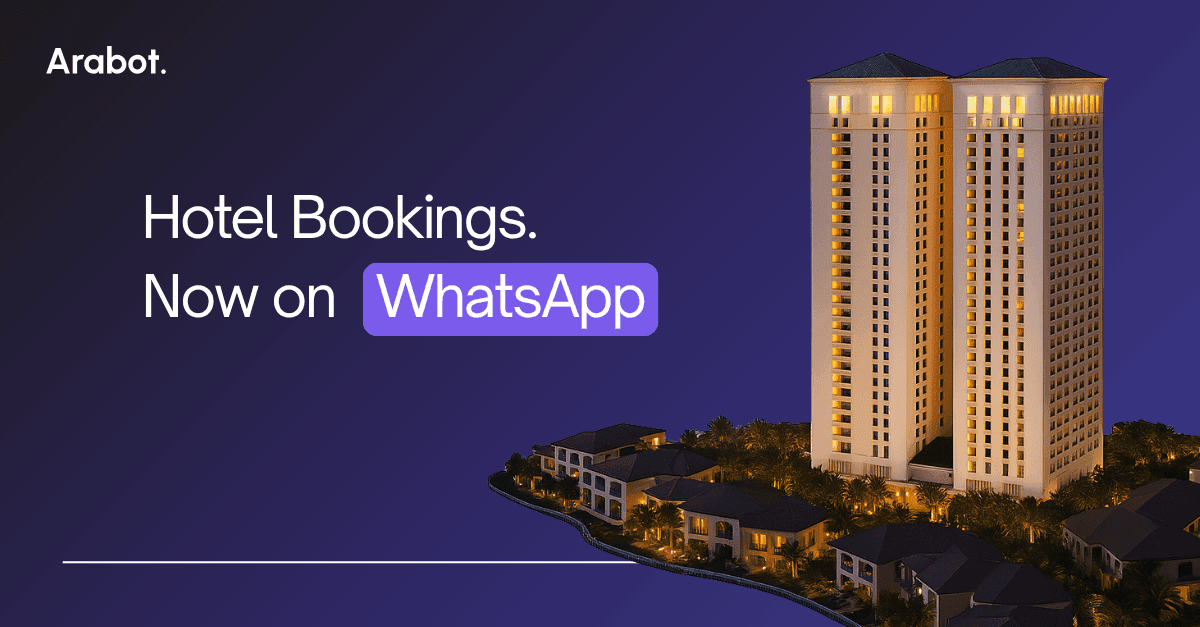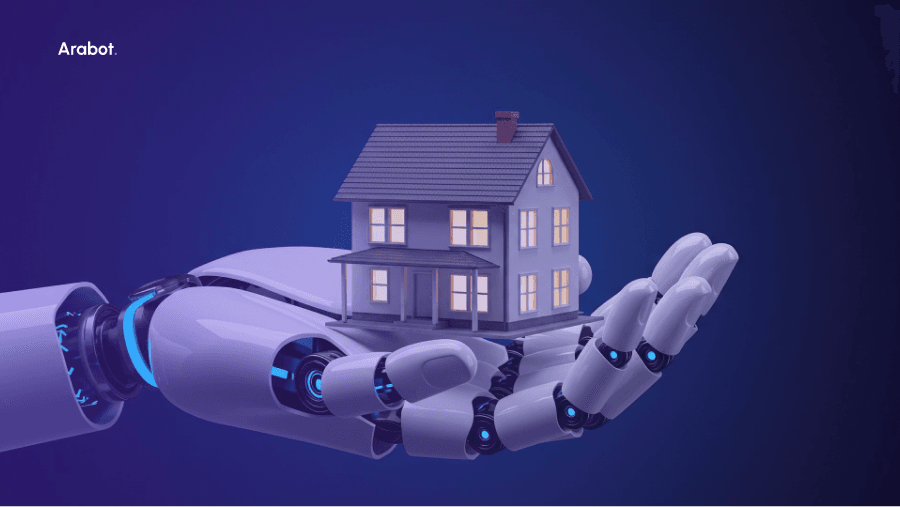Personalized onboarding experiences:
AI chatbots can analyze user data and behavior to create tailored onboarding paths for each new customer. This personalization helps users quickly find value in the product or service based on their specific needs and goals.
Chatbots provide round-the-clock assistance during the onboarding process, allowing new users to get help whenever they need it, regardless of time zones or business hours.
AI chatbots can walk customers through each stage of the onboarding process, providing clear instructions and answering questions along the way. This helps reduce confusion and ensures users don't miss important setup steps.
Interactive product tours:
Chatbots can offer interactive tours of key features, allowing new users to explore the product in a guided, conversational manner. This hands-on approach can improve feature adoption and overall product understanding.
By providing instant responses and guiding users efficiently through the onboarding process, AI chatbots can significantly reduce the time it takes for new customers to start seeing value from the product.
AI chatbots can handle multiple onboarding sessions simultaneously, allowing businesses to scale their onboarding process without proportionally increasing human resources.
Consistent onboarding experience:
Chatbots ensure that every new user receives the same high-quality, standardized onboarding information, reducing inconsistencies that can occur with human-led onboarding.
Data collection for onboarding optimization:
AI chatbots can gather valuable data on user interactions during onboarding, providing insights that can be used to continually refine and improve the onboarding process.
Reduced onboarding abandonment:
By providing immediate assistance and breaking down the onboarding process into manageable steps, chatbots can help reduce the likelihood of users abandoning the onboarding process due to confusion or frustration.
Seamless handoff to human support:
When complex issues arise during onboarding that require human intervention, AI chatbots can smoothly transfer the conversation to a human agent, ensuring a seamless onboarding experience.
These benefits demonstrate how AI chatbots can significantly enhance the customer onboarding process, leading to improved user adoption, satisfaction, and ultimately, customer retention.
 Insurance
Insurance Healthcare
Healthcare Automative
Automative Hospitality
Hospitality Banking
Banking Government
Government Telecommunication
Telecommunication Education
Education Human Resources
Human Resources

